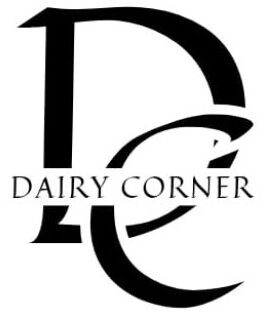Hay making
Introduction: Hay is grass, legumes or other plant sources that have been cut, dried, and preserve fodder in such a way that their nutrient is preserved with a minimum loss, and available to animal as a feed at the time of scarcity period. The preservation of hay is done by drying and reduces the moisture content … Read more
